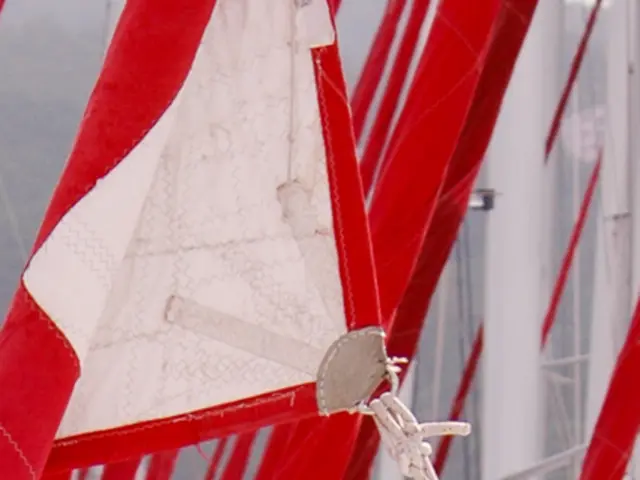Dealing with Wildlife on the Road: Expert Advice for Accident Prevention
Navigating through the path is more advisable.
Collisions with animals, especially deer and wild boars, are common, especially at dusk. However, the response of drivers in such situations often leads to severe accidents, according to a study by the Björn Steiger Foundation. Instead of the recommended reaction of braking hard and maintaining a straight path, drivers tend to swerve, a dangerous misstep.
In an interview, study author Siegfried Brockmann explained, "Hitting a deer takes guts, but it's crucial for your survival." He encouraged driving schools to address this issue and urged drivers to practice in driving safety training.
Analyzing Accidents from 2021 to 2023
For this study, the researchers examined severe wildlife accidents, focusing on those involving deer or wild boars from 2021 to 2023. They assessed accident data from the police based on the accident's course and the accident site's specifics. Their findings suggest that wildlife warning signs, speed limits, and wildlife reflectors have limited impact on the accident scenario. Instead, factors like dense vegetation, embankments, ditches, and trees along the road play a significant role. Guardrails, according to the study, provide some protection for cars.
However, this doesn't apply to motorcycle riders. If an animal runs in front of their two-wheeler, they have no chance. The collision and subsequent fall usually result in severe injuries or even death. Brockmann advises, "Stay on as long as possible and apply all brake discs." Only then can the worst be prevented.
Infrastructure and Innovation: The Key to Safety
Brockmann states that drivers can do little to avoid these accidents. Therefore, the focus should be on infrastructure. The area next to the road should be as obstacle-free as possible, with densely packed bushes or crops near the road promoting wildlife accidents. This is particularly important for motorcycle riders, as they can only avoid the accidents by early detection.
Brockmann also put forth a demand to car manufacturers, suggesting, "Infrared sensors can detect wildlife even behind bushes and warn drivers. It would be even better if they were coupled with the emergency braking system." Four out of five severe wildlife accidents with cars occur at dusk or in the dark.
The Björn Steiger Foundation: A Pioneer in Emergency Services
The Björn Steiger Foundation, based in Winnenden, Baden-Württemberg, has been instrumental in improving emergency services and emergency aid in Germany. They were largely responsible for the introduction of nationwide emergency call numbers 110 and 112 50 years ago.
- Road Safety
- Animal Collisions
Additional Tips:
- Wildlife Corridors and Crossings: Implementing wildlife corridors and specialized crossings can help reduce collisions by allowing animals to safely move across roads.
- Speed Reduction: Lowering speed limits in areas known for wildlife movement can decrease the impact force of collisions.
- Warning Signs: Installing warning signs in areas where wildlife is common can alert drivers to potential hazards.
- Public Awareness: Educating the public about the risks and consequences of wildlife accidents can promote preventive measures.
- The study by the Björn Steiger Foundation found that drivers' common response to road traffic accidents involving animals, such as swerving, often leads to more severe accidents.
- Siegfried Brockmann, the study author, emphasized the importance of teaching drivers about wildlife collision prevention in driving safety training.
- When dealing with wildlife on the road, Brockmann recommends, "Hitting a deer takes guts, but it's crucial for your survival," suggesting a hard brake instead of evasive maneuvers.
- The study suggests that while wildlife warning signs, speed limits, and wildlife reflectors have limited impact, factors like dense vegetation, embankments, ditches, and trees along the road play a significant role in wildlife accidents, especially for motorcycle riders.
- Brockmann also proposes that car manufacturers should consider implementing infrared sensors to detect wildlife and warn drivers, potentially coupling them with the emergency braking system to prevent road accidents with animals, particularly during dusk or nighttime.








